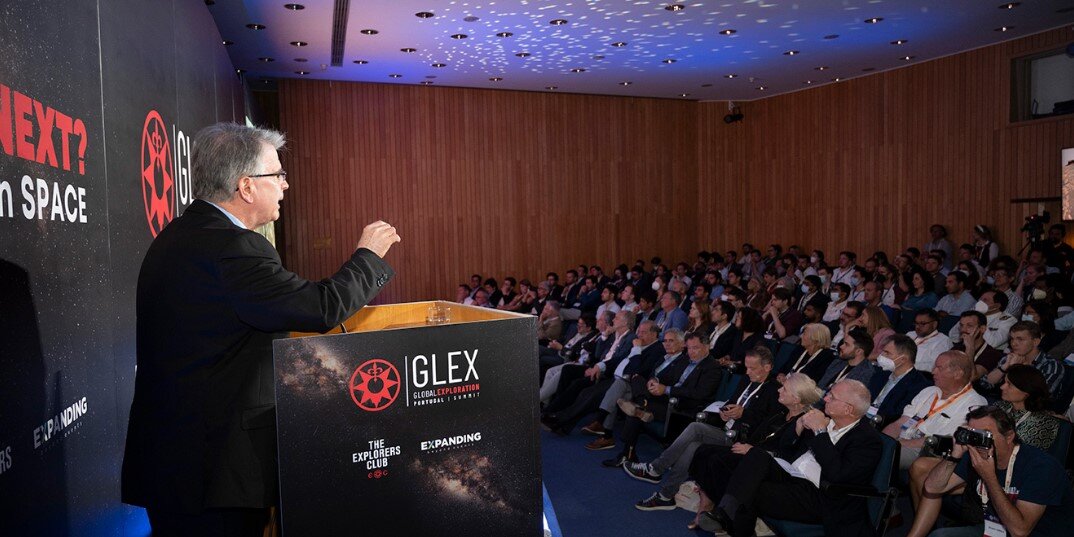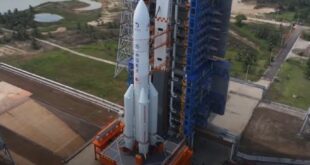
Ibadan, 19 April 2024. – The Global Exploration Summit (GLEX Summit) has announced GLEX Summit 2024, which will hold from June 15 to 19, in both Porto and Angra do Heroísmo, in Portugal. Known as the “Davos of Exploration,” the Global Exploration Summit will feature participation from renowned explorers and scientists from around the globe. The Summit will open in Porto, followed by two days in Angra do Heroísmo on the island of Terceira.
The Summit’s 2024 themes revolve around the latest discoveries and new missions revolutionizing the future of the Earth. For example, The Artemis mission, which aims to send a crew of astronauts to walk on the moon for the first time since 1972, is one of the summit’s highlights. This discussion was organized by Expanding World under the endorsement and curation of The Explorers Club.
Likewise, the summit will also feature a discussion on the role of Space and the Oceans in collecting data to research and mitigate the effects of climate change. The session “What happened with Titan?” one year after the fatal implosion of the Titan submersible is another highlight, as well as the recording of an episode of the BBC radio program, The Infinite Monkey Cage, hosted by Robin Inc.
The Summit will kick off on June 15 at the Alfândega do Porto with the GLEX Ignition Session. With the support of the Portuguese Space Agency – Portugal Space, the GLEX 2024 will also dedicate the day to the evolution of space exploration (with a focus on the Moon). On June 18 and 19, at the Cultural and Congress Center of Angra do Heroísmo, participating explorers and scientists from around the world will present the latest discoveries and missions revolutionizing the future of Space, Oceans, and the Planet.





